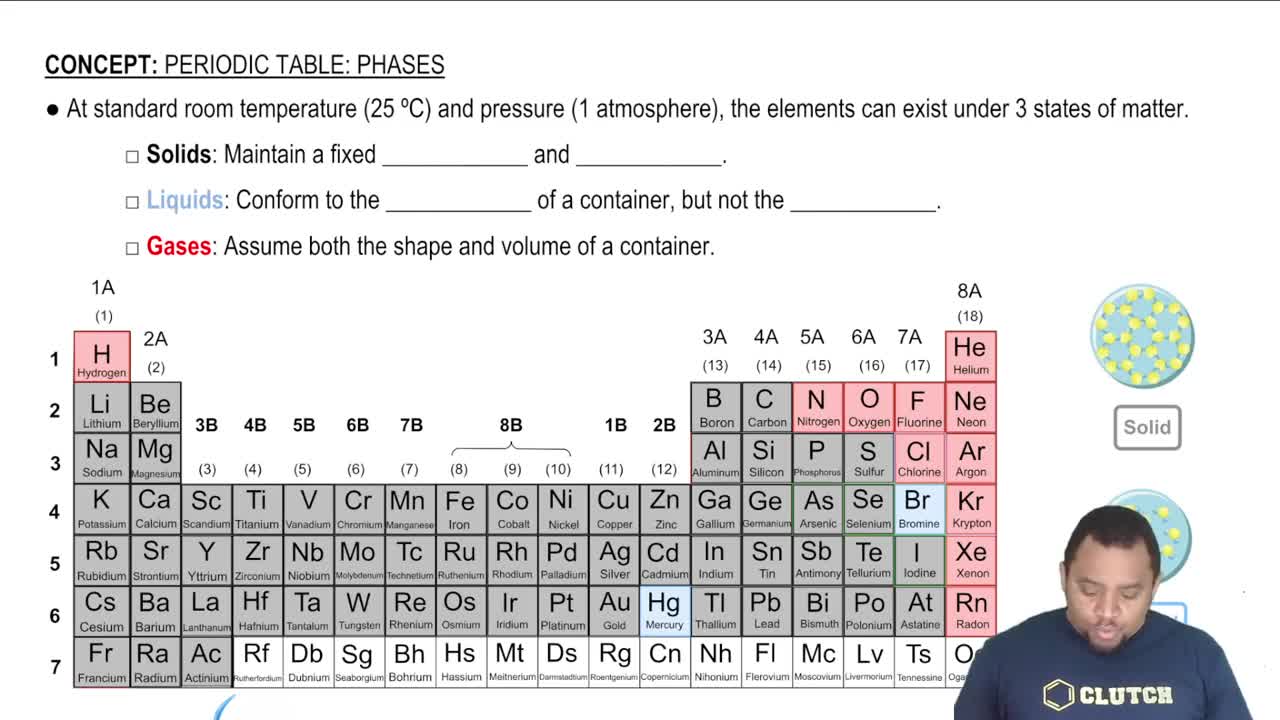Suppose that for the reaction K + L → M, you monitor the production of M over time, and then plot the following graph from your data:
(b) Is the reaction completed at t = 15 min? [Section 14.2]
 Verified step by step guidance
Verified step by step guidance


Suppose that for the reaction K + L → M, you monitor the production of M over time, and then plot the following graph from your data:
(b) Is the reaction completed at t = 15 min? [Section 14.2]
The following diagrams represent mixtures of NO(g) and O21g2. These two substances react as follows: 2 NO1g2 + O21g2¡2 NO21g2 It has been determined experimentally that the rate is second order in NO and first order in O2. Based on this fact, which of the following mixtures will have the fastest initial rate? [Section 14.3]
Given the following diagrams at t = 0 min and t = 30 min
After four half-life periods for a first-order reaction, what fraction of reactant remains? [Section 14.4]
Which of the following linear plots do you expect for a reaction A¡products if the kinetics are (a) zero order, [Section 14.4]
The accompanying graph shows plots of ln k versus 1>T for two different reactions. The plots have been extrapolated to the y-intercepts. Which reaction (red or blue) has (a) the larger value for Ea,